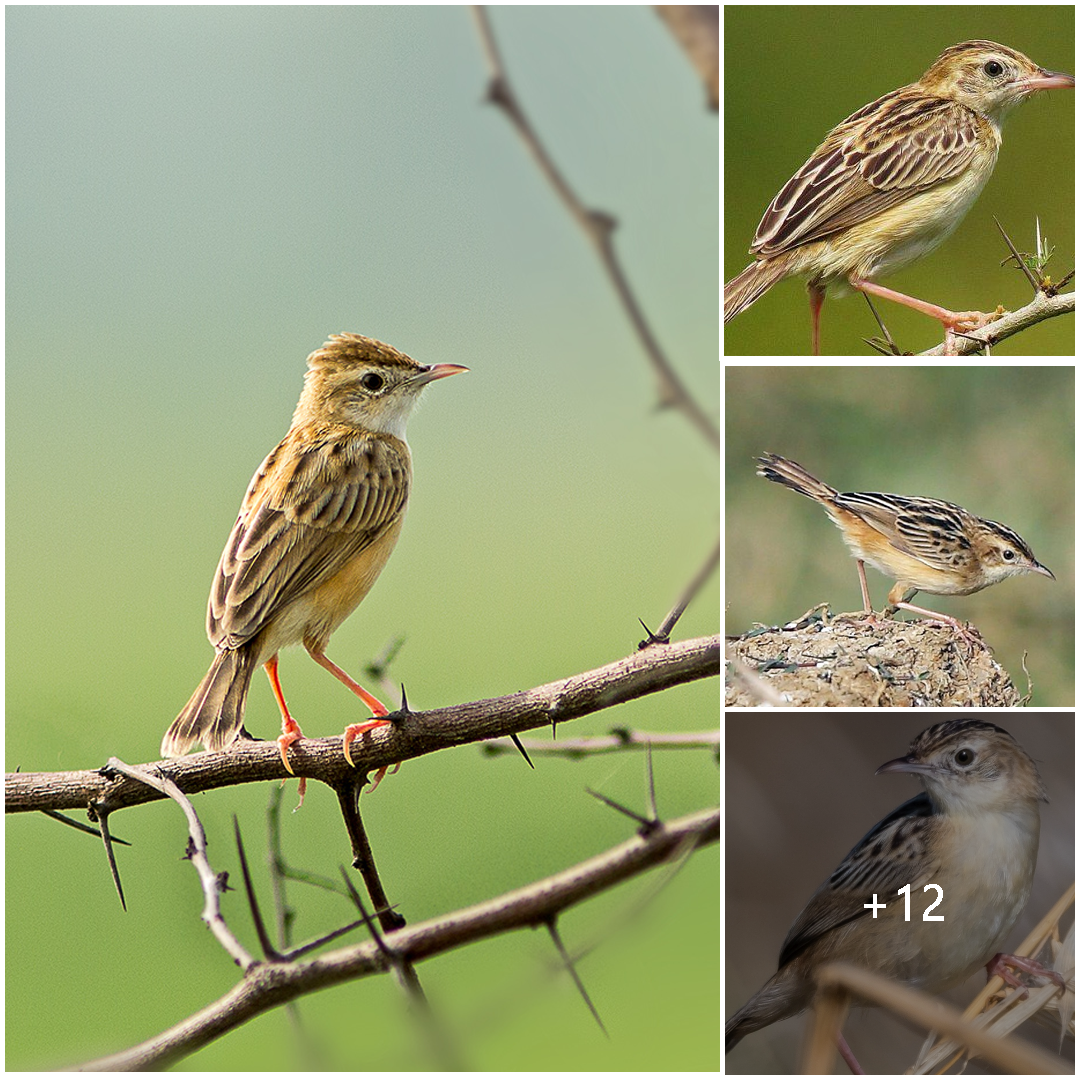
The Cisticola, belonging to the family Cisticolidae, is a fascinating group of small passerine birds found primarily in Africa, Asia, and Australasia. With their diminutive size and often inconspicuous appearance, Cisticolas might not immediately catch the eye, but their remarkable behaviors and vocalizations make them a subject of great interest among bird enthusiasts. Let’s explore the intriguing world of the Cisticola bird.
Physical Characteristics: Cisticolas are small birds, typically measuring between 3.5 to 6 inches (9 to 15 centimeters) in length, with slender bodies and relatively long tails. They often have cryptic plumage, which helps them blend seamlessly into their grassland or marshland habitats. Despite their small size, Cisticolas are known for their agility and acrobatic flight patterns.
Habitat and Distribution: Cisticolas are highly adaptable birds, inhabiting a wide range of habitats, including grasslands, savannas, wetlands, and shrublands. They are distributed across Africa, southern Asia, and parts of Australasia, with different species occupying distinct geographical regions. Some species are resident year-round, while others undertake seasonal migrations.
Behavior and Vocalizations: One of the most remarkable features of Cisticolas is their intricate and melodious songs, which play a vital role in courtship rituals and territory defense. Despite their small size, male Cisticolas are renowned for their powerful and complex vocalizations, often producing elaborate songs composed of trills, warbles, and whistles. These songs serve to attract mates and establish dominance within their territories.
Cisticolas are also known for their aerial displays, during which males ascend high into the sky, singing vigorously while performing acrobatic flight maneuvers. These displays are intended to showcase their fitness and prowess to potential mates and rivals.
Diet: Cisticolas are primarily insectivorous, feeding on a wide variety of insects, spiders, and other small invertebrates. They forage by gleaning insects from vegetation, probing into crevices, and occasionally catching prey in mid-air. Some species may also supplement their diet with seeds and grains, particularly during the non-breeding season.
Reproduction: Cisticolas are monogamous birds, forming pair bonds during the breeding season. They construct intricate dome-shaped nests woven from grass and plant fibers, often concealed within dense vegetation or suspended above the ground. Females typically lay a clutch of 2 to 5 eggs, which are incubated by both parents. Once hatched, the chicks are fed a diet of insects and larvae until they fledge and become independent.
Conservation Status: While many species of Cisticolas are widespread and abundant, some face threats due to habitat loss, degradation, and fragmentation. Wetland drainage, agricultural expansion, and urbanization pose significant challenges to their survival. Conservation efforts focused on habitat preservation, sustainable land management, and the protection of key breeding sites are essential for safeguarding Cisticola populations into the future.
In conclusion, the Cisticola bird may be small in stature, but it possesses a wealth of fascinating traits that make it a true marvel of the avian world. From its intricate songs and aerial displays to its adaptability and resilience in the face of environmental challenges, the Cisticola exemplifies the beauty and diversity of nature. As we continue to study and appreciate these remarkable birds, we gain valuable insights into the intricate workings of ecosystems and the importance of preserving biodiversity.





